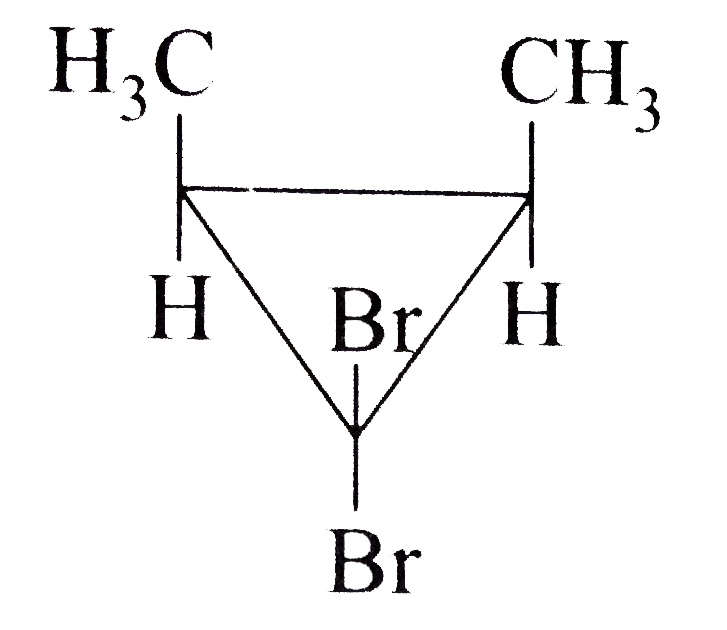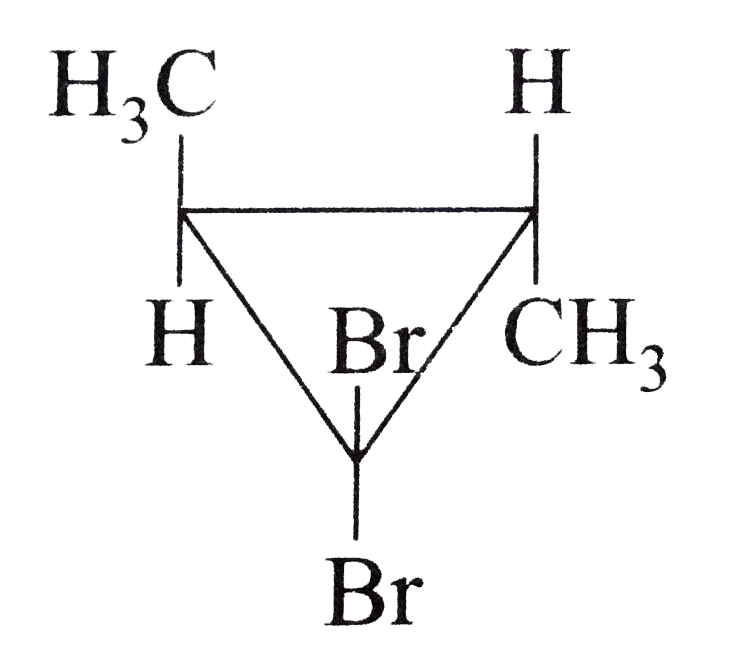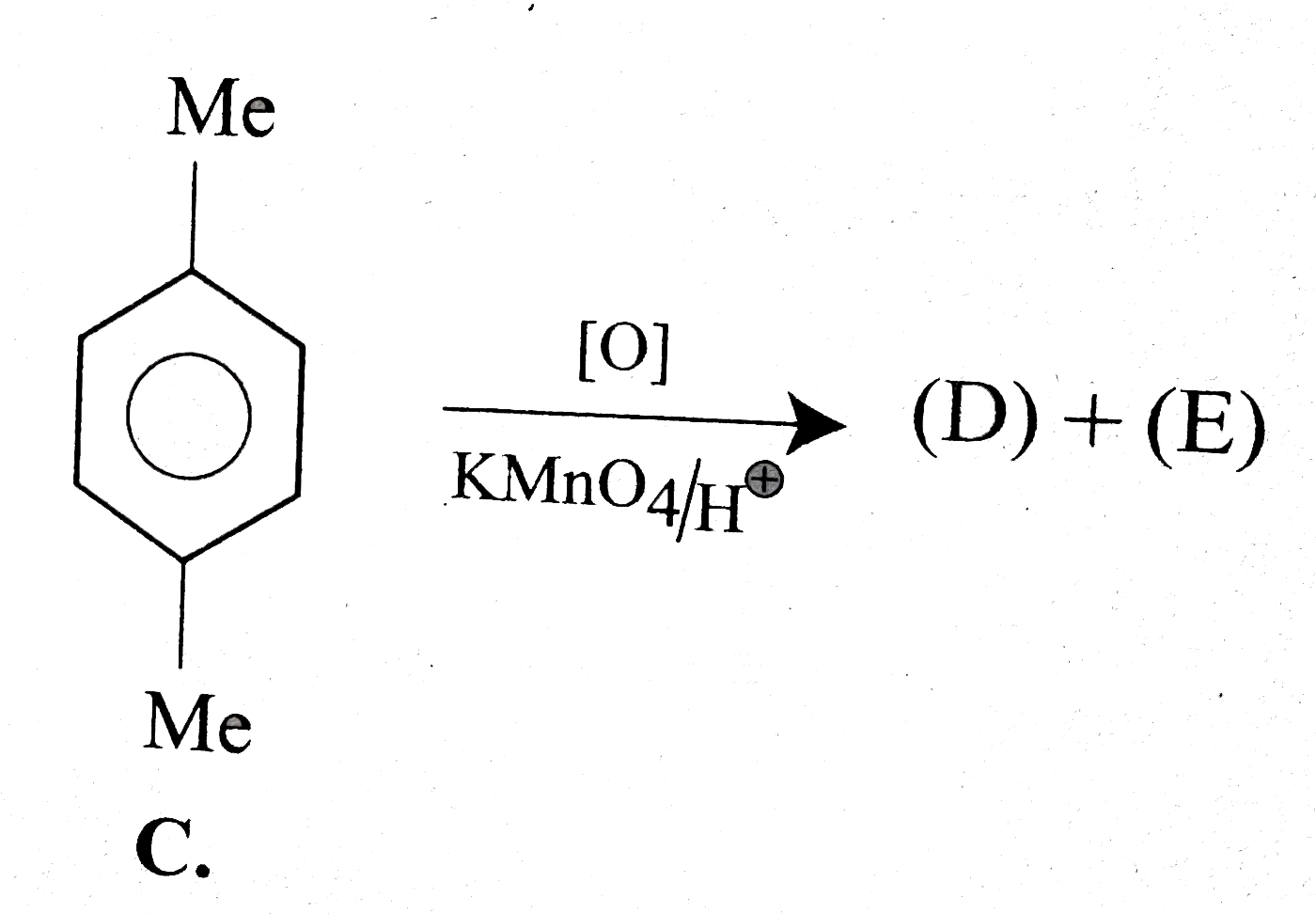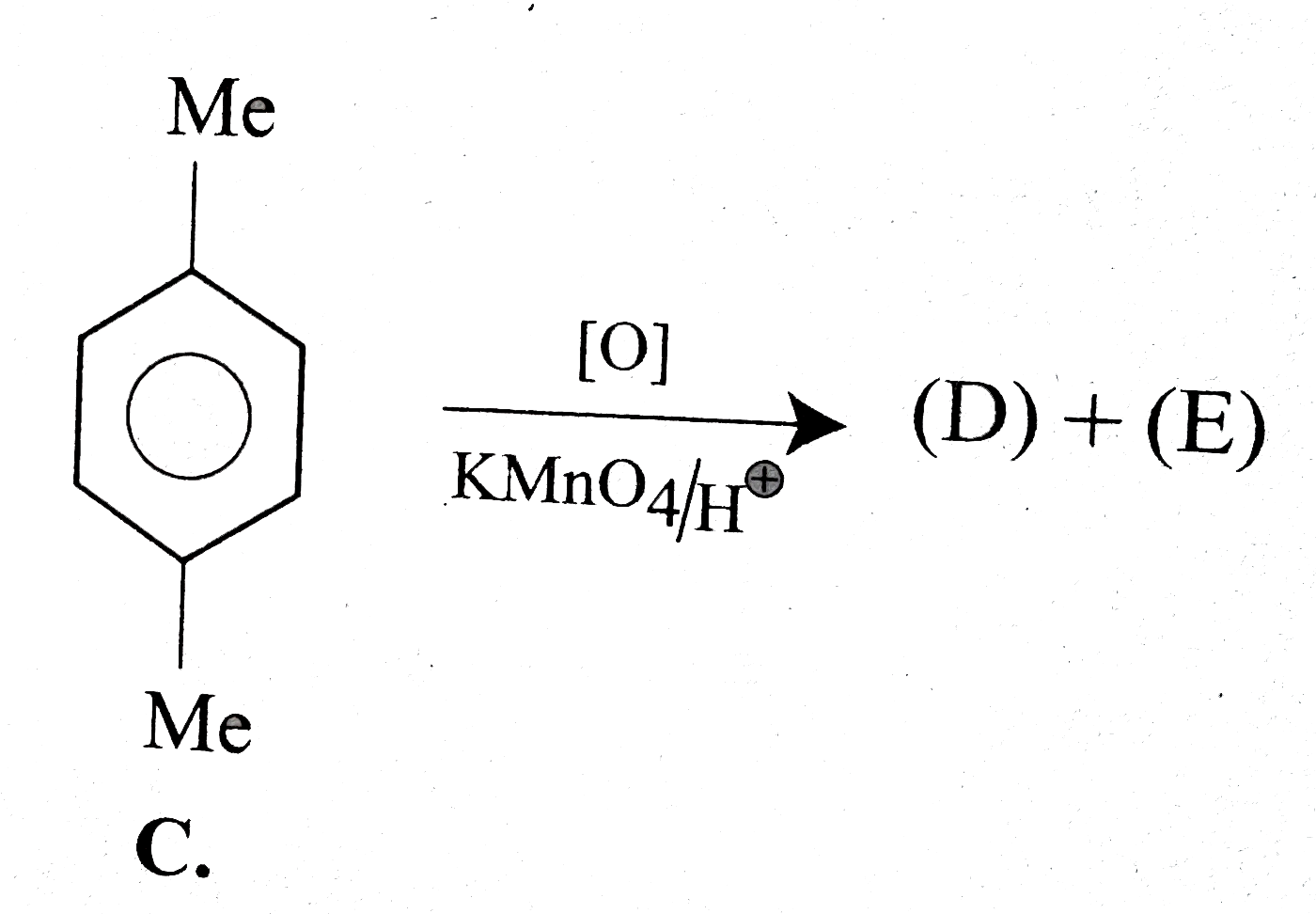Consider the following reaction :

Briefly explain why this isomer, instead of others, is formed.
Text Solution
Addition of HBr to the alkene π bond proceeds through the most stable carbocation. In this case , the carbocation is tertiary and benzylic (which results in signification resonance stabilization). The other alkene-derived carbocation would also be tertiary , but would not enjoy resonance stabilization . Electrophilic attack on the benzene ring could lead to a tertiary carbocation with resonance . This would disrupt aromaticiity , and is therefore energetically expensive. (Benzene aromaticity is 36 kcal/mol of stabilization).
|
Updated on:21/07/2023
Topper's Solved these Questions
- BOOK - MS CHOUHANCHAPTER - ALKENES AND ALKYNES IIEXERCISE - ADDITIONAL OBJECTIVE QUESTIONS (Single Correct Choice Type)25videos
ALKENES AND ALKYNES II
- BOOK - MS CHOUHANCHAPTER - ALKENES AND ALKYNES IIEXERCISE - ADDITIONAL OBJECTIVE QUESTIONS (Matrix Match Type)2videos
ALKENES AND ALKYNES II
- BOOK - MS CHOUHANCHAPTER - ALDOL AND CANNIZARO REACTIONEXERCISE - Subjective Problems3videos
ALDOL AND CANNIZARO REACTION
- BOOK - MS CHOUHANCHAPTER - ALKENES AND ALKYNES IEXERCISE - Additional Objective Questions (Multiple Correct Choice Type)2videos
ALKENES AND ALKYNES I
Similar Questions
Knowledge Check
- Question 1 - Select One
Consider the following reaction

The product formed in the reaction isA BCH3CH(Br)C∣CH3HCHBr2C
BCH3CH(Br)C∣CH3HCHBr2C Dan equimolar mixture of (1) and (3)
Dan equimolar mixture of (1) and (3) - Question 2 - Select One
Consider the following reaction :

, .
.
The m−isomer of D and E is called :APhthalic acidBIsophthalic acidCTerephthalic acidDNone - Question 3 - Select One
Consider the following reaction :

The major products formed in this reaction are :A B
B C
C DNo reaction
DNo reaction
Briefly explain the following:
PulseView SolutionConsider the following reaction:

The major products formed in this reaction are:View SolutionBriefly explain why the following reaction does not occur
 View Solution
View SolutionBriefly explain the following:
SynapseView SolutionConsider the following reaction :
 ,
,
 .
.
The compound D is an ortho-isomer and E is a p−isomer.ThecompoundsDandE, respectively, are :View Solution


